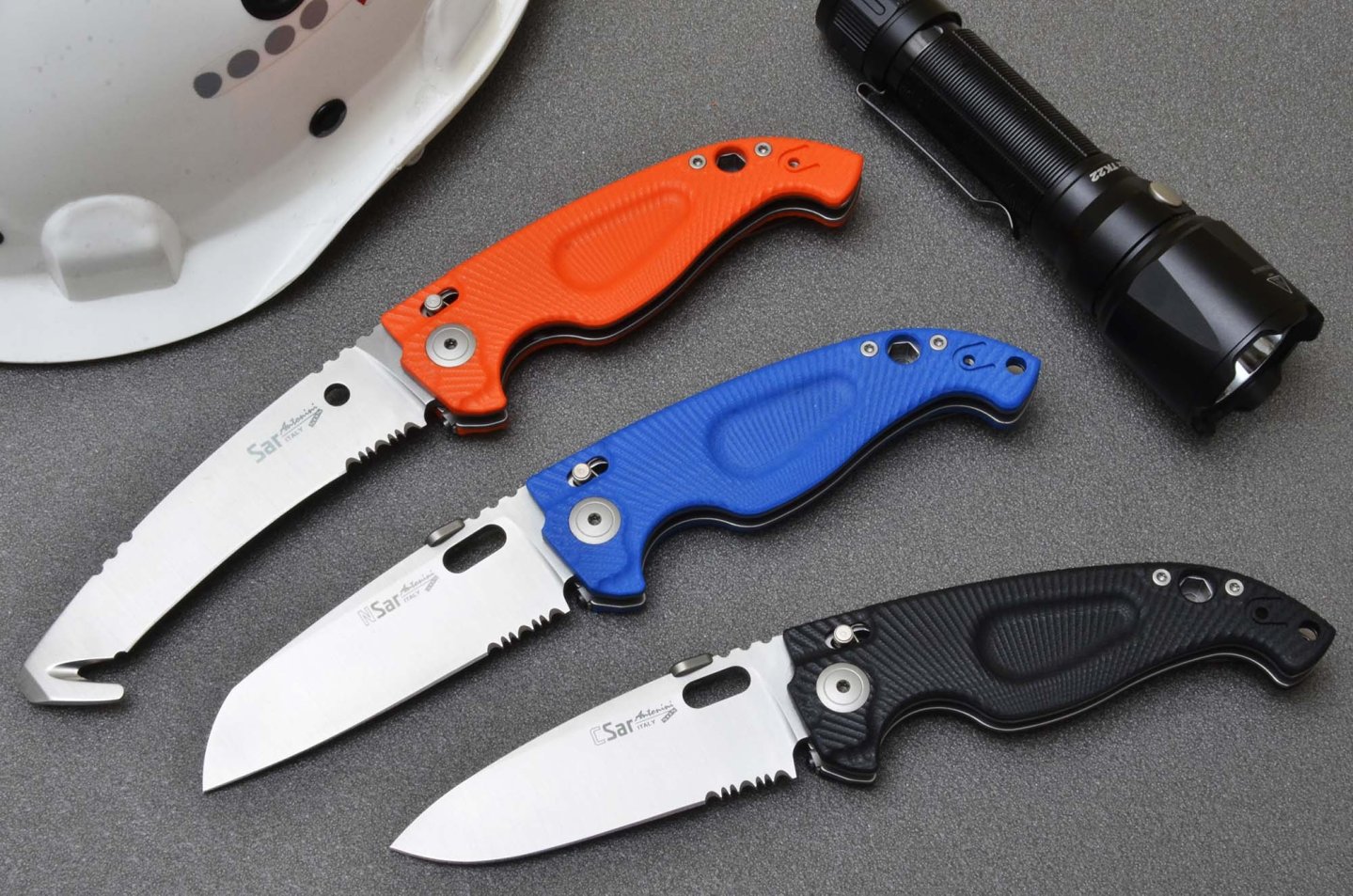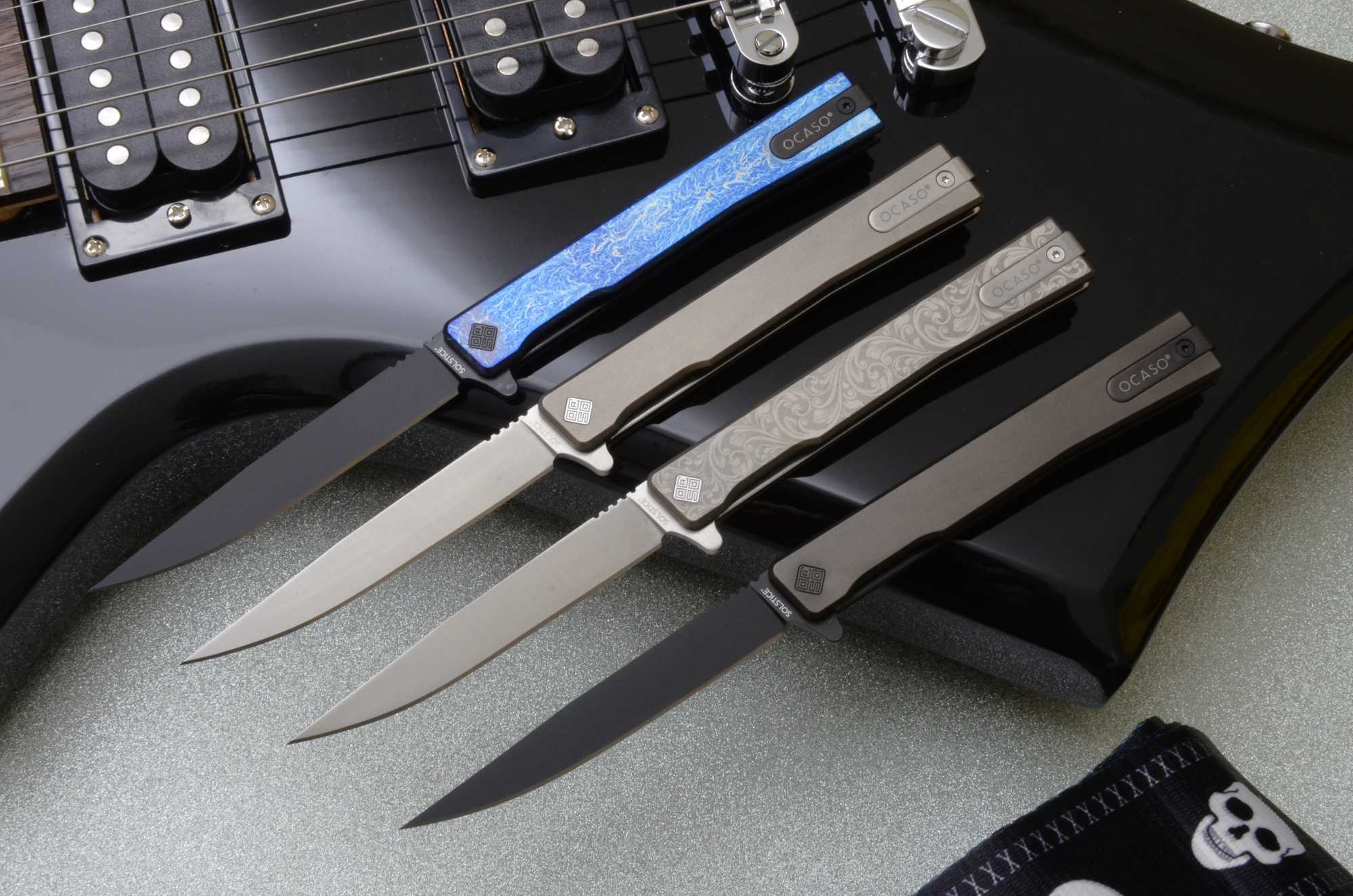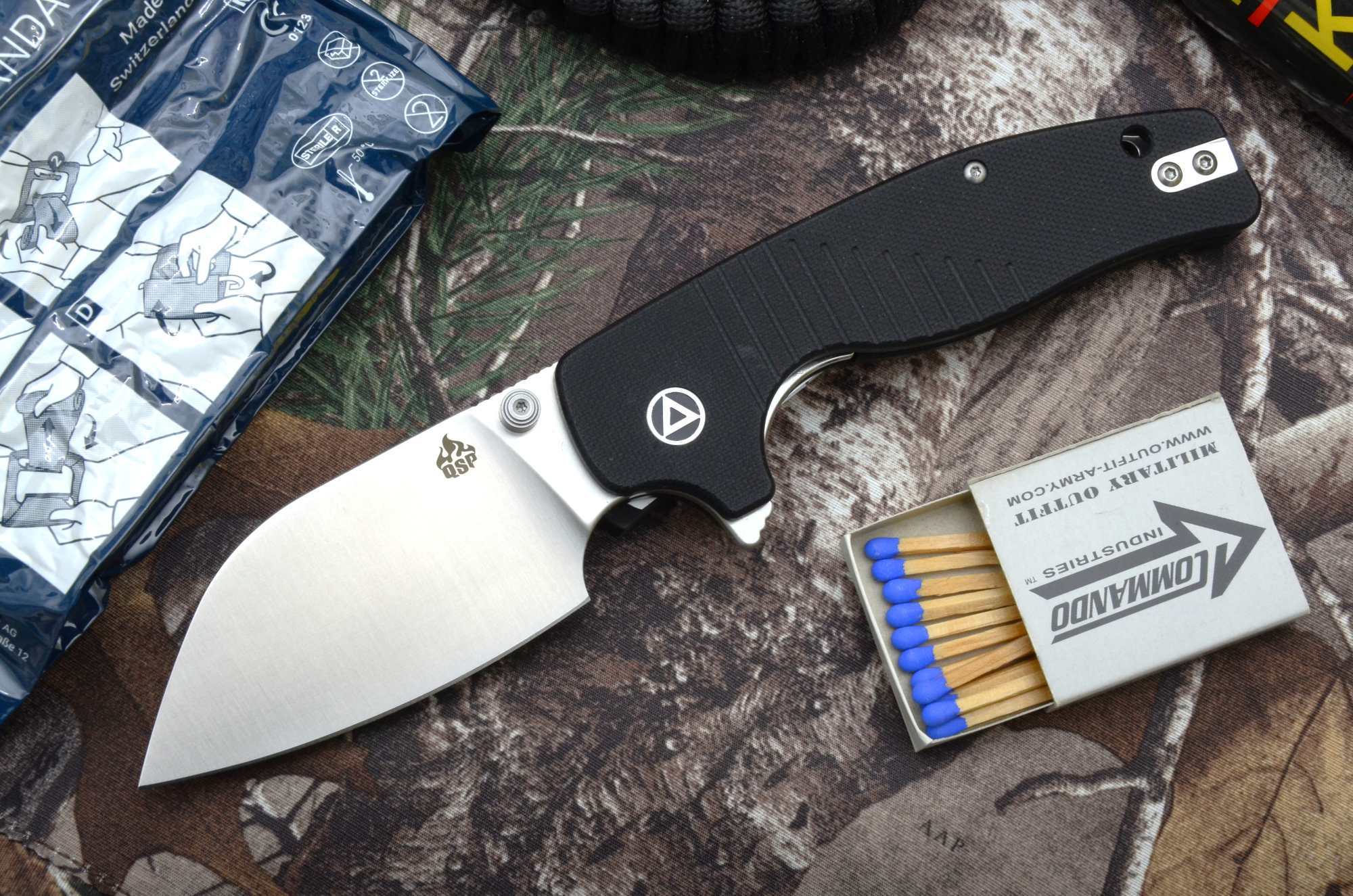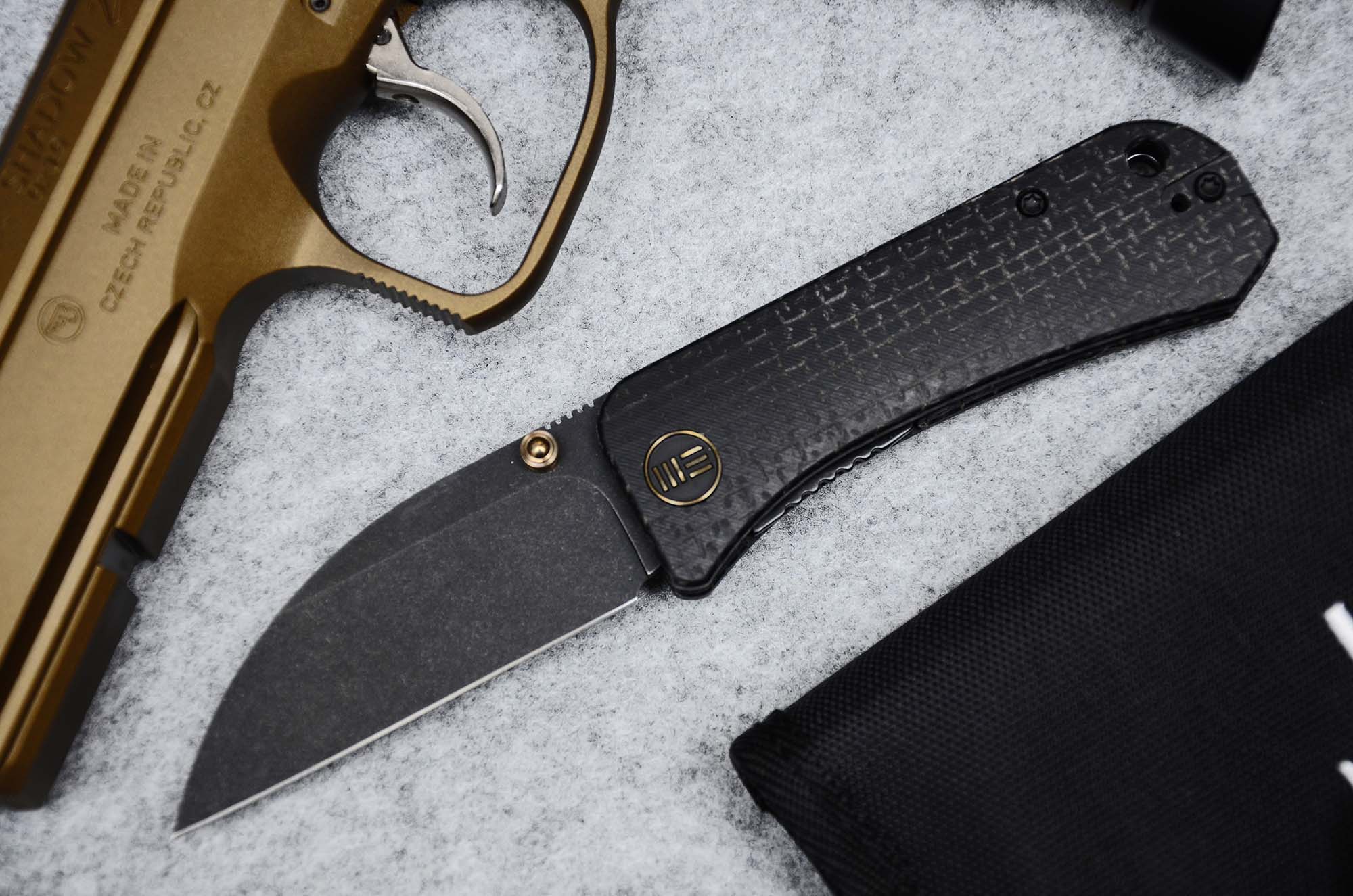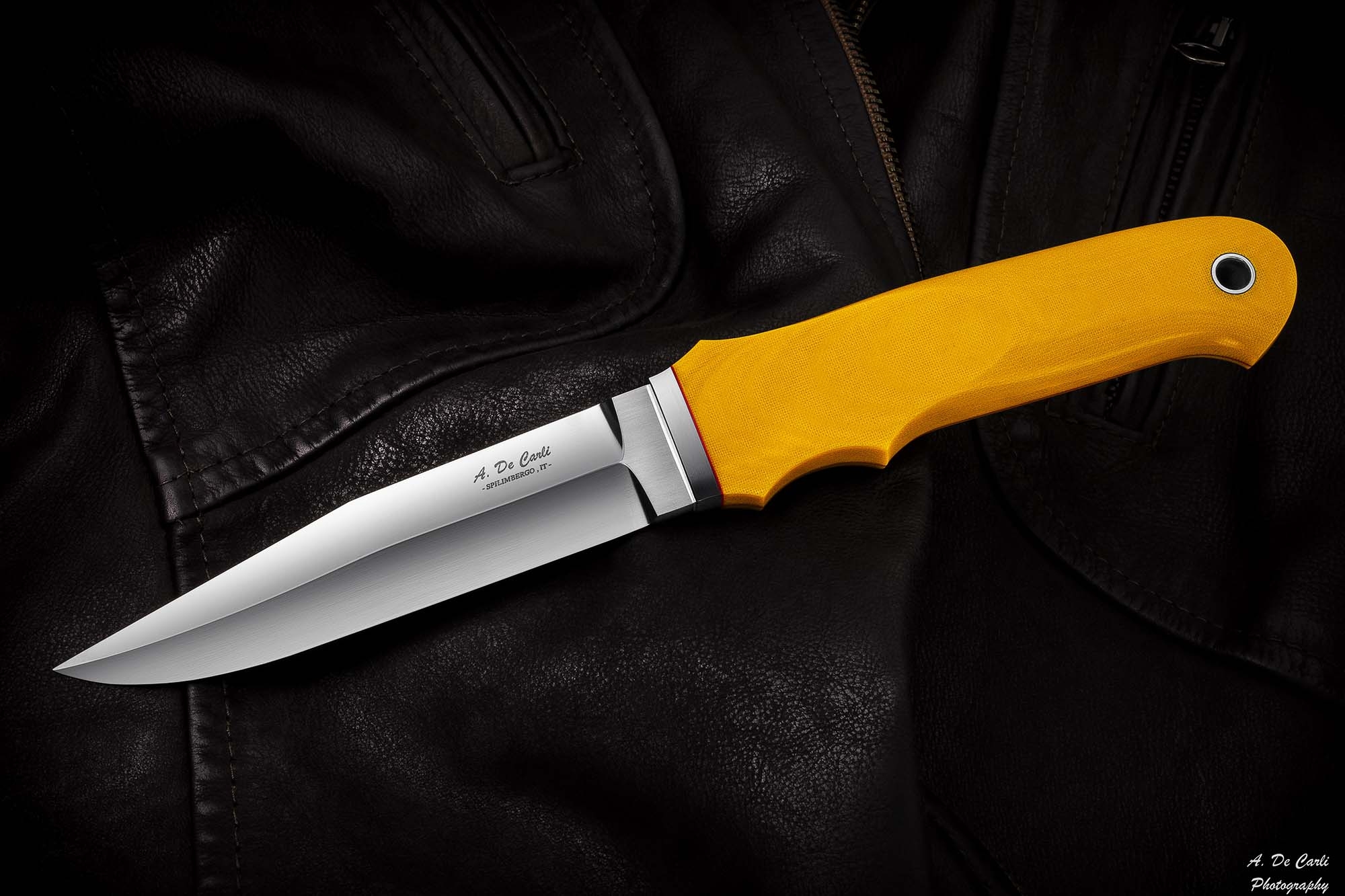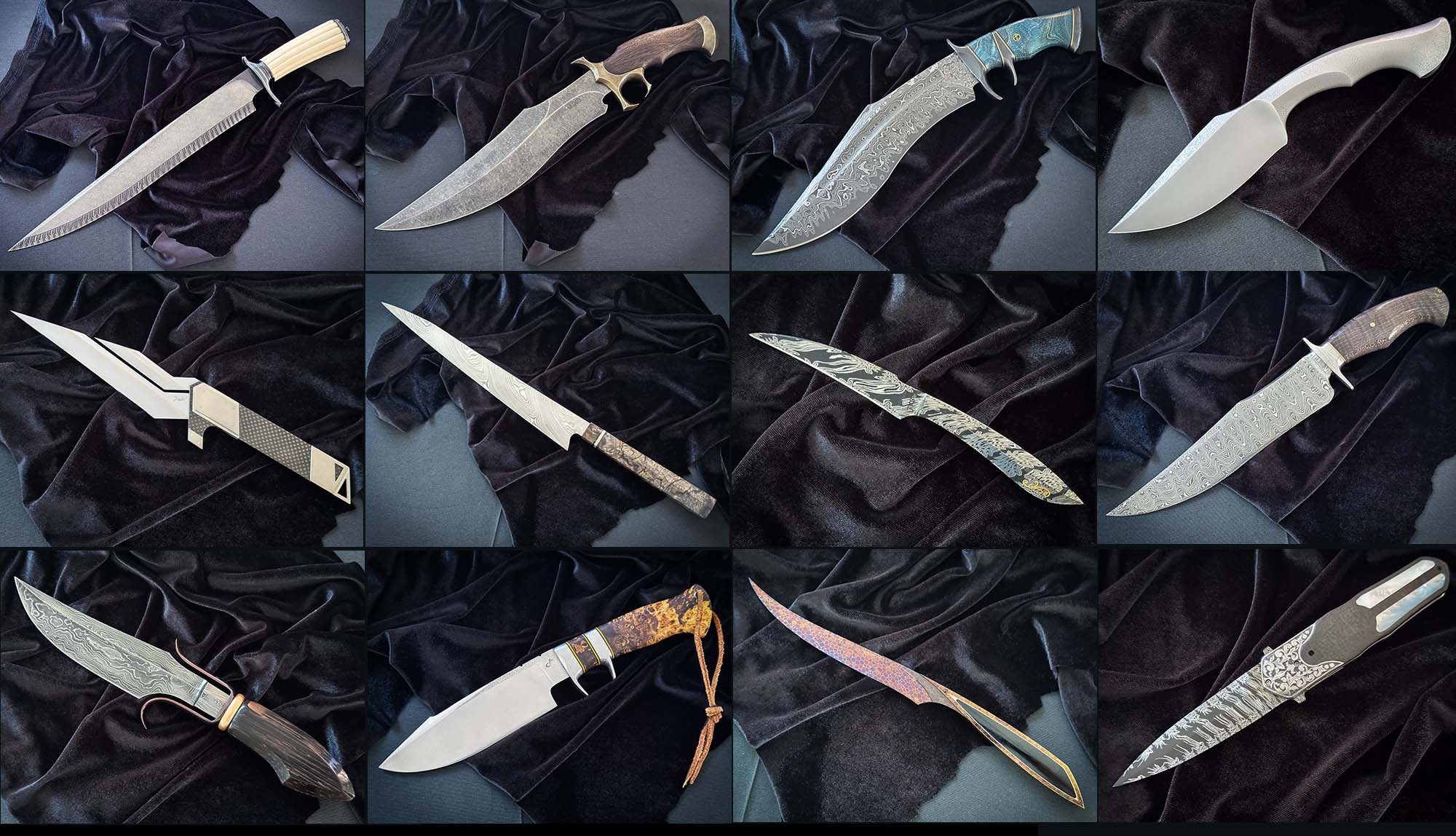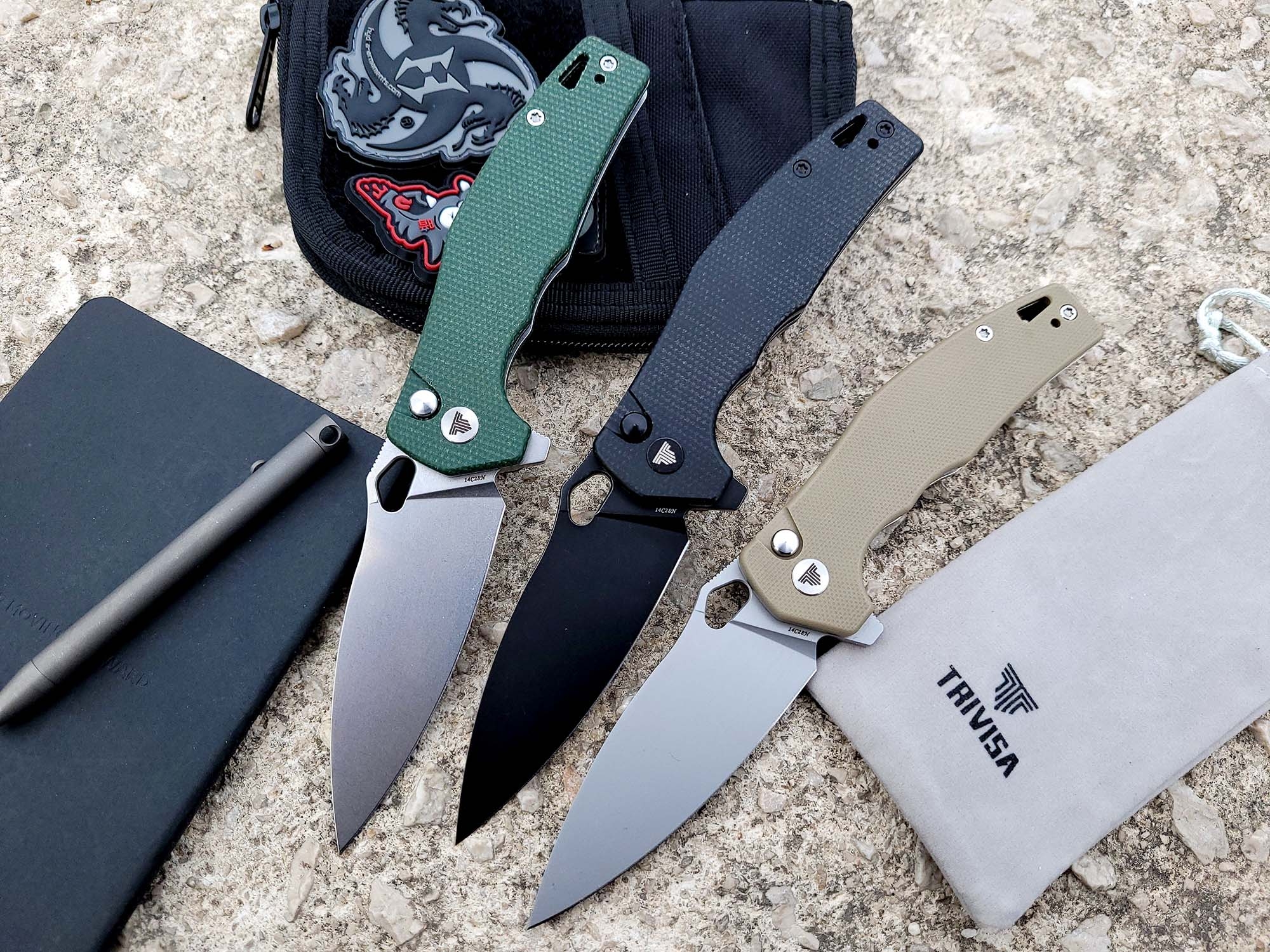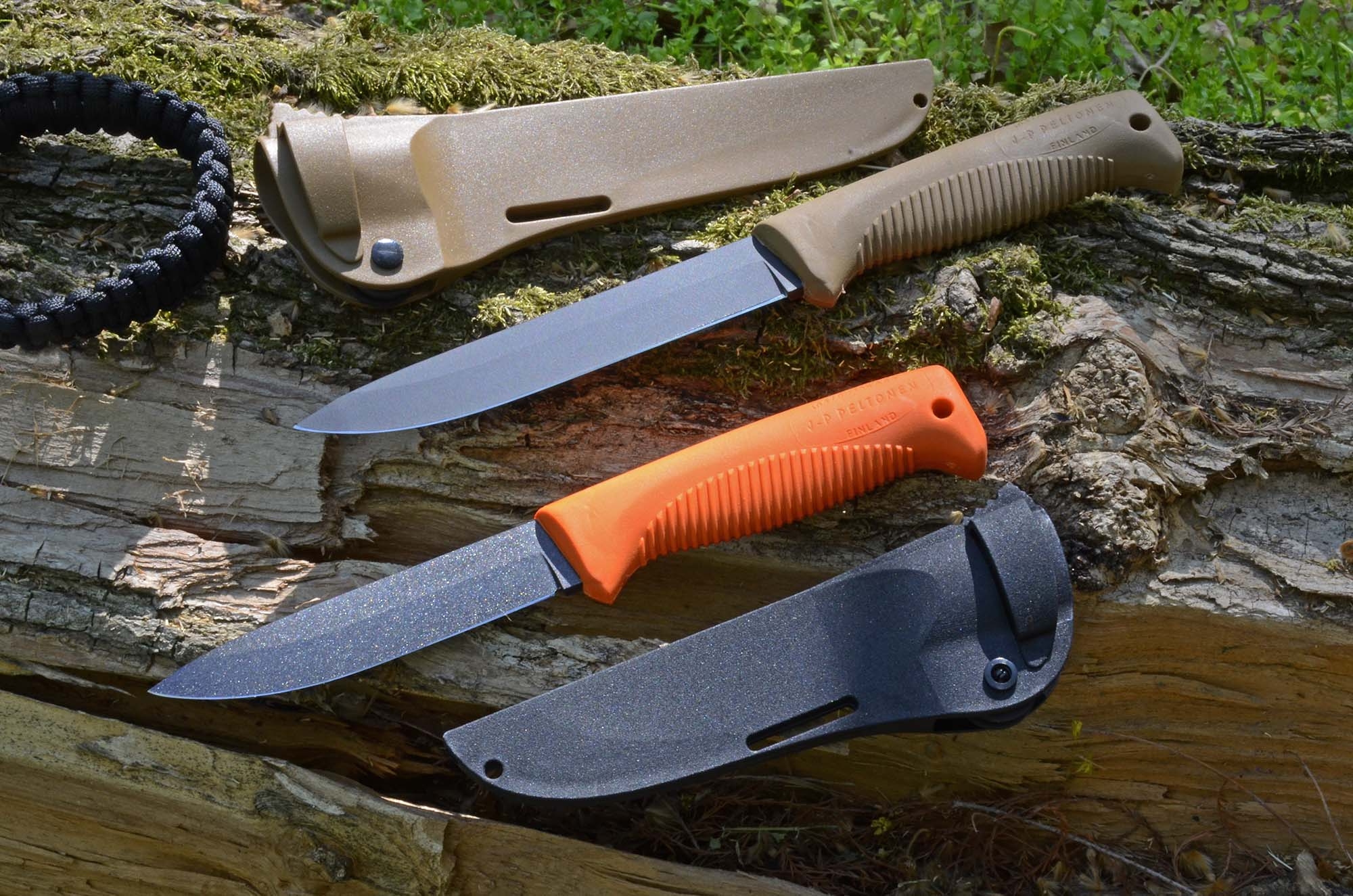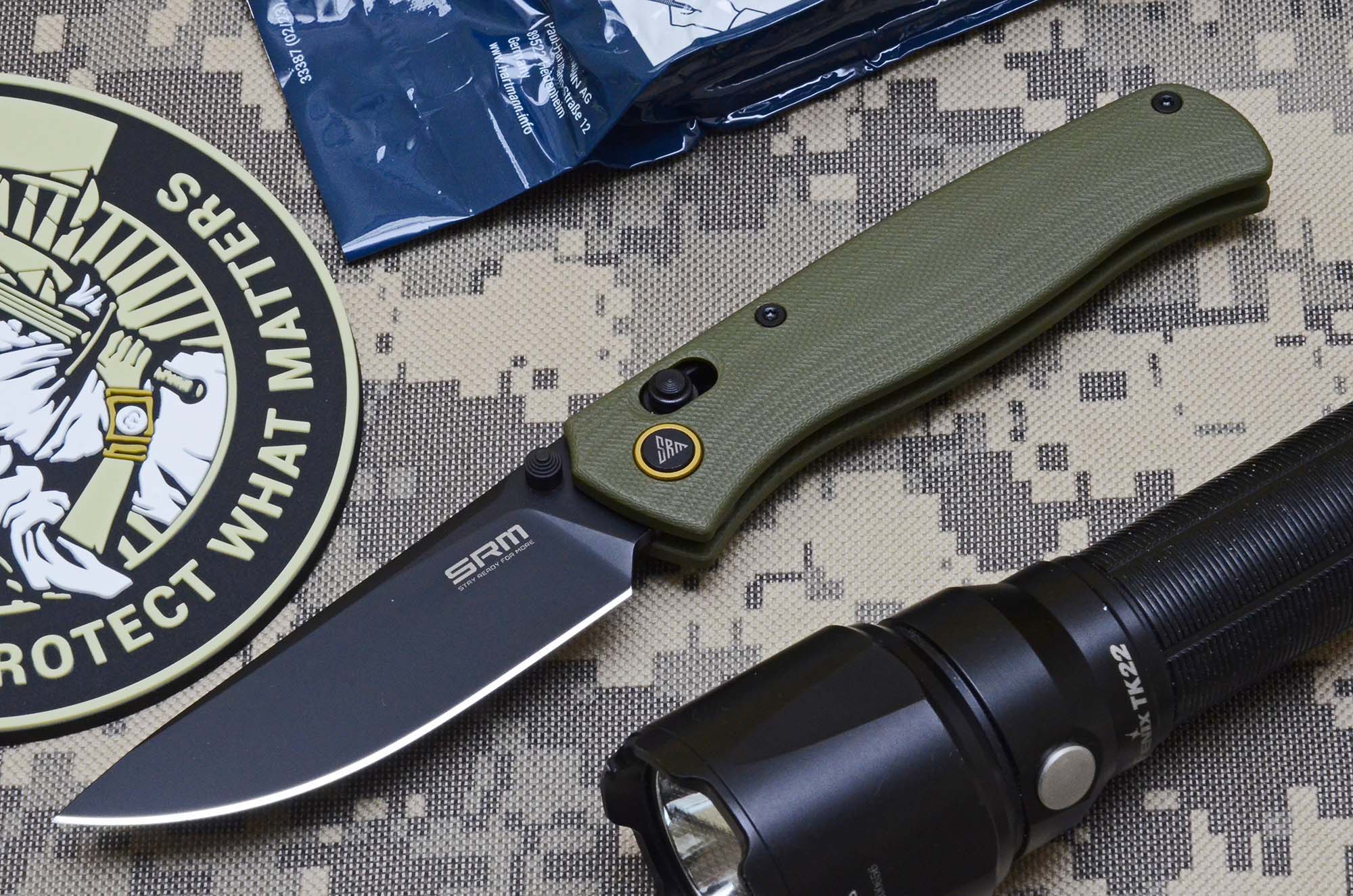Rescue knives are an extremely specialized niche product, intended for use by competent and trained personnel, so errors and uncertainties are not allowed in their design and construction. Although we would all prefer not to have to use them, every day someone needs to be rescued, so field testing for these tools is only a matter of time.
In these notes we present to you a series of three rescuer knives manufactured by Antonini's cutlery works in Maniago in collaboration with Lion Steel, another excellence in the field of Italian blades. All three models of the RESeT line (Rescue Emergency Security Tool) series have been designed by Tommaso Rumici, designer and journalist, who in recent years has signed successful knives such as the Maserin Nimrod and L.E.O. or the FOX Ferox and Octopus Vulgaris, just to mention some. We asked him a few questions to better frame the topic.
Let's start with the acronym: what does SAR stand for?
It is the international acronym for Search & Rescue: C-SAR is the military acronym (Combat Search & Rescue). As an example, helicopter missions to recover downed pilots are C-SAR. N-SAR refers to a naval context (Navy Search & Rescue), and is also referred to as Maritime SAR, or ASR, Air-Sea Rescue.
What are the main differences between designing a sporting/military knife and a rescue knife?
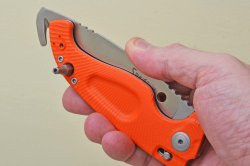
Beyond the differences in shape, due to the different jobs they have to perform, and the difficulty of making all the tools coexist without one hindering the use of the other, what changes are the priorities: for example, if on a sporting knife – and in particular, a military knife – it is important that it deploys quickly, in a rescue knife it is a priority to avoid any unintentional opening, so that the rescuer never risks to injure or harm those he/she is helping. For this reason on the RESeT the opening is easy, but not as easy as on some sporting knives.
Another aspect, in common with military knifes but not with sporting ones, the rescue knife must be intuitive to use even under high stress conditions, with all the psycho-physical alterations of the case, reason why the controls on the RESeT are ambidextrous.
Three rescuer models: details in common... or almost
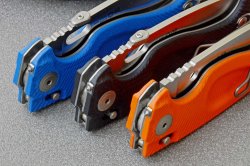
The three knives designed by Tommaso Rumici have in common the G10 handle while the blade profiles are different: drop point for the C-SAR, sheepfoot for the NSAR, while the SAR features a very particular line, with a sharp hook instead of a tip. C-SAR and N-SAR use a TOL (Tactical Operation Lock) system already adopted on some Lion Steel knives featuring a steel pin perpendicular to the blade axis that secures the back spring. The SAR model is instead based on a mechanical system with OCS (Open and Close Security) that acts as a lock with both the open and closed blade.
As mentioned above, the OCS system is not particularly fast or light to operate, but the opening speed is not a priority on this series of knives. The handles are all the same and differ only in color. They have a textured surface and a central oval-shaped milling that allows a very firm grip even when wearing gloves. The wire clip on the right side of the handle allows the tool to be carried tip up and can be positioned on the opposite side. There are other interesting details on the handle: on the front side we find a tungsten glass breaker, whose protrusion is actually quite small, while towards the left side rear end there is a hexagonal slot that allows the use of standard size bits, held by a neodymium magnet. On the back of the knives we find the inscription "TechEmpowered by Lion Steel", claiming the construction of the SAR knives in collaboration with the Italian-based company. The only noticeable difference between the handles concerns the SAR model – there is no lanyard hole. This is due to the fact that the blade of the SAR protrudes slightly from the handle bottom. Overall, the construction of the handle feels very neat and conveys a rock-solid feeling.
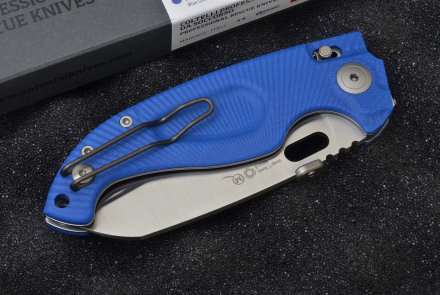
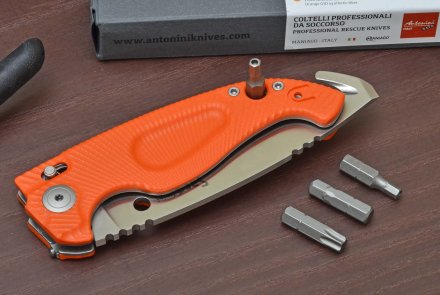
The three blades of SAR series
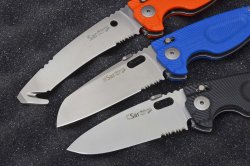
The main differences between the three models are evident when looking at the blades, which share a common construction of Nitro-B high-nitrogen stainless steel, formulated by Buderus Edelstahlwerke of Germany. Other shared features are the 0.137”/3.5 mm thickness, satin finish and the 60 HRC hardening. Let's start with the C-SAR model, which has a 3.66”/93mm-long drop-point blade with a combined edge, meaning it has a 0.78”/20mm serration from the ricasso. An elliptical thumb hole or a tear-shaped ambidextrous tab screwed on the back of the blade – easily removable in case you do not want to use it – help deploy the blade. The first section of the back features the classic knurling on which to rest the thumb in case of need.
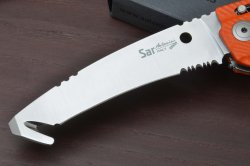
The blade of the M-SAR model differs from the previous model for the sheepfoot profile and for one millimeter more in length, while the SAR differs significantly in design and function. The first thing you notice on this model is that the tip of the blade protrudes from the back of the handle and has a hook for cutting belts, which can then be used safely thanks to the lock that also operates when the knife is closed. The blade of the SAR measures 4.4”/112 millimeters and features a concave combination edge, which together with the convex back, is optimized to safely cut through the clothing of the injured person. Two knurled areas on the back of the blade, in correspondence of the heel and at about three quarters of the blade length, provide a precious reference point for your fingers in case you're working without being able to see the blade well. In correspondence of the ricasso, we also find a short serration. Also in this case the workmanship of the blade is excellent, despite its intricate profile, and the Maniago quality mark on the right side is a mere formality.
The RESeT series: well thought out and well built
Antonini's RESeT series knives are designed for well-defined tasks. As we have seen in a recent article, military special forces during their missions also include self-rescue among their tasks – that is, they must fend for themselves when giving assistance to the wounded. Therefore, being able to count on a tool designed for the rescuer but which also has the classic versatility of a tactical folder becomes a necessity. The C-SAR and N-SAR models are certainly more versatile thanks to the blade profile all things considered standard, while the SAR is exclusive for paramedics and rescuers, given its extreme specialization in addressing a specific task. The quality of construction and materials of all models are of the highest level and justify the price, which is 154 euro for the SAR and 152 euro for both the C-SAR and N-SAR. The only flaw, for such an outlay we would have expected to receive the knives accompanied by the belt sheath, which is in fact indispensable and is sold separately. It is true that there is a clip, but not everyone likes to use it.
Antonini RESeT knives specs
| Manufaturer: | Antonini Srl |
| Models: | SAR / C-SAR / N-SAR |
| Deisgner: | Tommaso Rumici |
| Blade Material: | Nitro-B stainless steel |
| Blade Hardness: | HRC 60+/- |
| Handle: | G10 |
| Finish: | Satin |
| Overall Length (Opened): | 9.25” - 8.46” - 8.46” (235 mm - 215 mm - 215 mm) |
| Blade Thickness: | 0.137”/3.5 mm |
| Weight: | 5.07 oz - 5-04 oz – 5.18 oz (144 g / 143 g / 147 g) |
| Locking System: | OCS / TOL / TOL |
Prices: | SAR: €154,00; C-SAR and N-SAR: €152 |
To learn more please visit the manufacturer's website: Antonini srl


